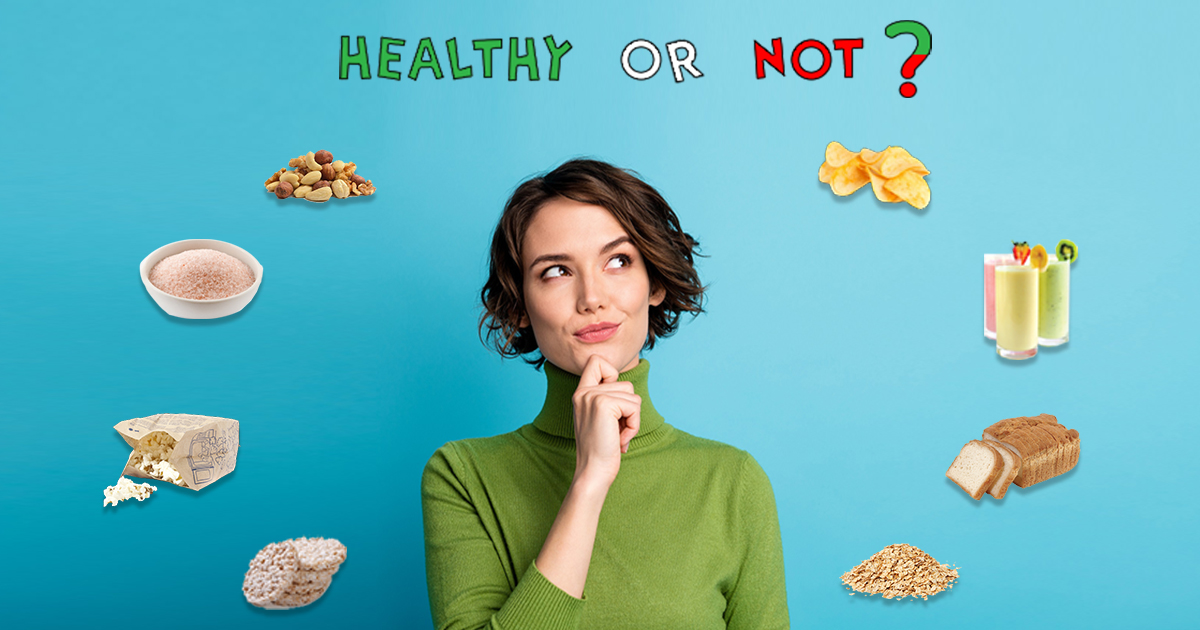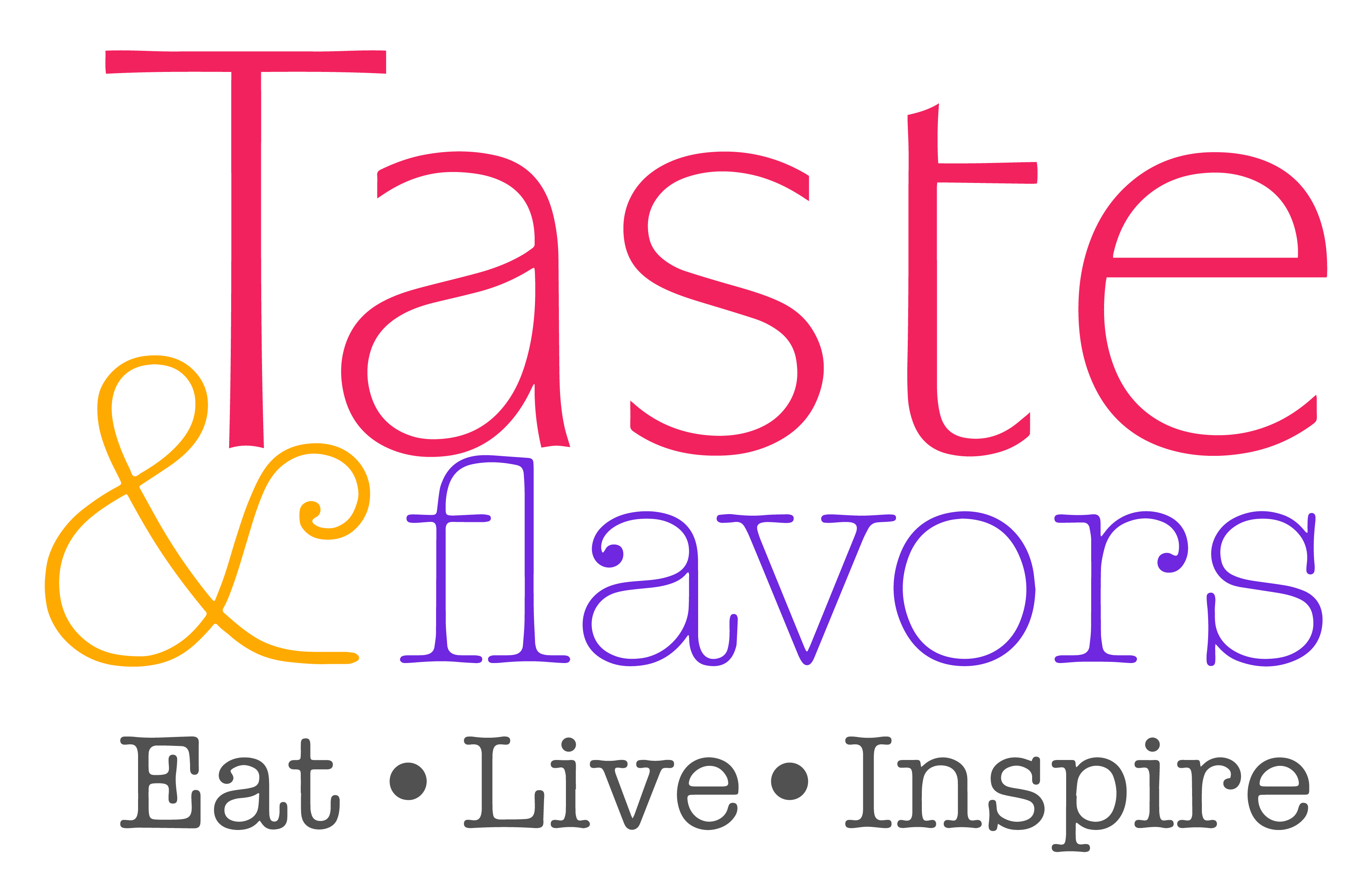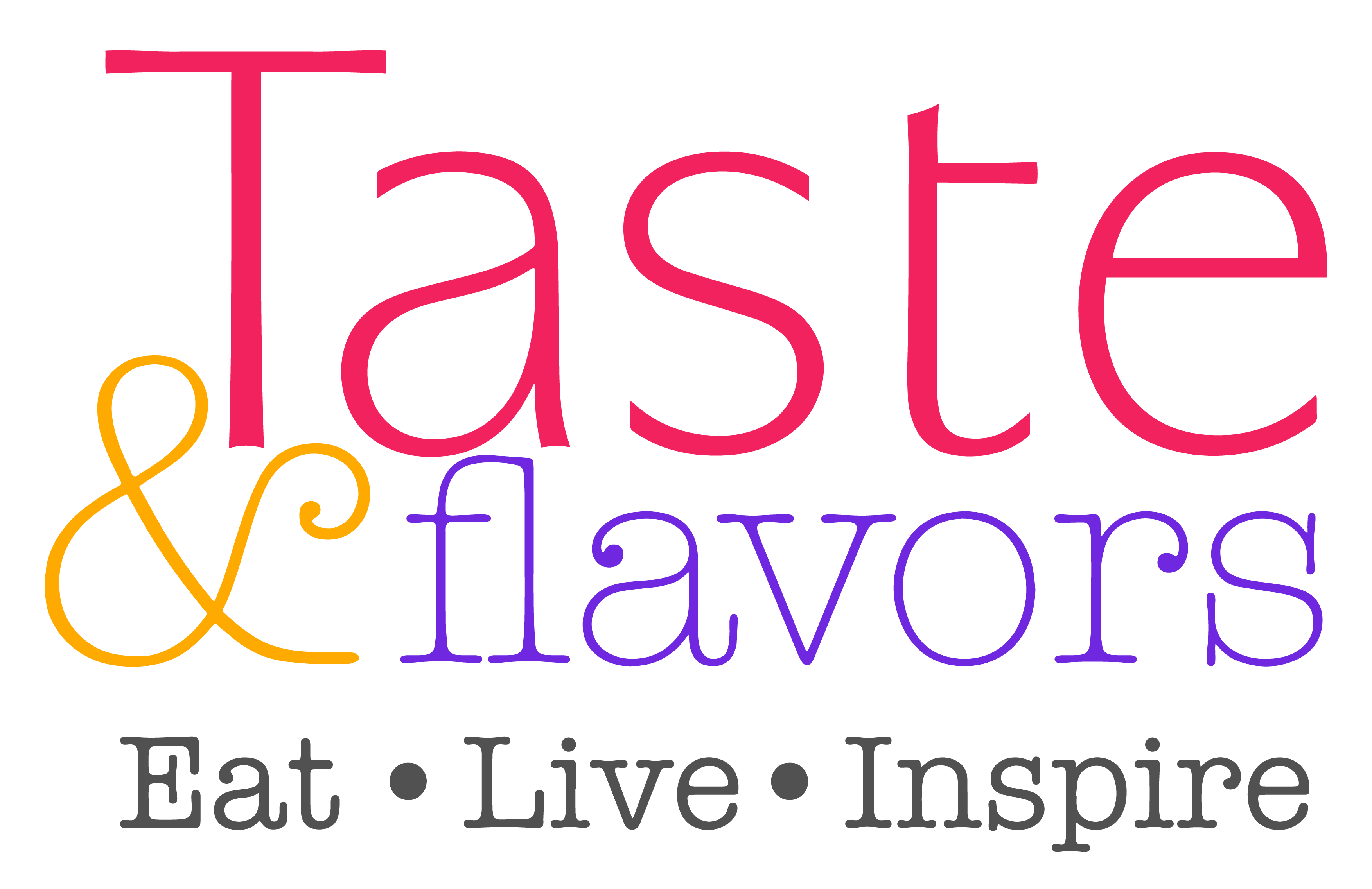
FOR THOSE TRYING TO STAY HEALTHY & FIT THIS SUMMER, HERE WHAT YOU SHOULD PAY ATTENTION TO!
By definition “Healthy Food” means foods that provide nutrients for the body to sustain its well- being and avoid sickness. Much food may seem healthy either due to common beliefs and trends and/or due to advertising. Marketing using catchy words play a role in misleading people for making food choices based on wrong healthfulness perception. The worry in misjudging a food as being “Healthy”; while it is not as healthy as it sounds; is not in eating it but rather in the risk of its overconsumption. People tend to eat more when food is labeled as “healthy”. In order to avoid being tricked and to be able to judge the healthfulness of a particular food, a close look at the nutritional content is a must.
1. GLUTEN FREE BREADS AND PASTRIES
Going gluten free is currently a massive trend. Some may adopt it by thinking it is healthier or more nutritive or even for weight loss purposes. However, there is no valid health reason to switch to gluten free foods in the absence of an underlined medical condition such as celiac disease or a true wheat allergy. Switching to gluten free breads and bakeries may put you at risk of some deficiencies. In contract to gluten containing breads like whole wheat or barley or rye, gluten free breads lack fibers, B vitamins and other minerals mainly zinc and iron. Some recent studies have even linked the adoption of gluten free diet to a higher risk of type 2 diabetes as compared to a regular diet. For those who may opt for a gluten free diet for weight loss, of course by ditching bread and pastas, weight loss may be achievable, but beware that gluten free breads have higher calories than regular wheat bread per serving and gluten free bakeries still contain high amounts of sugars and fats. It is more important to look at other ingredients in a food rather than just the gluten content!
2. RICE CAKES
Many people choose to eat rice cakes as a healthier substitute to bread. Though they are very low in calories providing 35 Cal per piece, eating 2 to 3 cakes which is the common portion consumed at one meal, is equal to the calories coming from any other type of bread. Not only you are not saving calories, but you are munching on a non- fulfilling highly processed non-nutritive source of carbohydrates. Rice cakes do not contain any source of vitamins or minerals and fibers unless made from brown rice. Besides, they have a high glycemic index; they can raise blood glucose fast especially when eaten alone without any source of protein. This can negatively impact your metabolism, your appetite and your insulin levels which can play against weight loss and glucose control. Flavored rice cakes have the additional drawback of being salted and sprayed with artificial flavoring. Some may contain added sugars as well.
Eating rice cake as a snack is definitely a No No! However, plain rice cakes can fit into a healthy diet when topped with a source of proteins like dairies or peanut butter as long as you also vary your choices of bread sources.
3. HIMALAYAN SALT
Himalayan salt or “pink salt” owes its reputation of being healthier than the regular salt to the fact that it contains trace amounts of minerals. However, this is insignificant to health since it is still 98% sodium chloride which doesn’t make it any less of concern than regular salt. The only advantage may be that it’s salt potency is higher than that of regular salt which may allow using less to flavor the food!
4. INSTANT OATMEAL
While oats are very nutritive grains rich in fibers, vitamins and minerals, it is not exactly plain oats that you are eating when choosing instant oatmeal. These prepacked quick alternatives are more like a dessert, highly processed and packed with sugar and sodium and other additives like artificial colors and flavors. Balanced against oats they have higher glycemic index which means that they cause a fast rise in blood sugar which is of a particular concern for people with prediabetes or diabetes.
Instead, in just 20 minutes prepare your own nutritionally complete overnight oatmeal. Soak some rolled oats in hot water combined with some skimmed milk as a source of proteins and bring to boil. Flavor with some spices (cinnamon, nutmeg…), refrigerate and consume the following day topped with some fresh fruits or raw nuts!
5. ROASTED NUTS
Nuts are naturally high in monounsaturated and polyunsaturated fats, types of healthy fats protective against heart diseases with good impact on blood cholesterol. You may fall into the belief that roasted nuts are as healthy as raw nuts. While they have similar amounts of macronutrients and calories, exposure to heat and long cooking time that occur during the dry roasting process damages the fat structure depriving them from their health benefit and may lead to the formation of “free radicals”, compounds harmful to human cells. Nuts are not uniquely a source of fat; they are loaded with vitamins and antioxidants compounds as well. Depending on the type of nuts (especially almonds and walnuts) and roasting temperature some nutrients may be lost to a certain extent like vitamin E, carotenoids and thiamine as well as some heat sensitive antioxidants.
If you favor roasted nuts because you prefer their crunchier texture, choose brands that uses low to medium temperature and short roasting duration that preserve the health potential of nuts!
6. CHIPS ALTERNATIVES
“Baked” or Vegetable” are two marketing terms that may be misleading when selecting chips. A closer look at the nutrition labels may shed light on their similarities with conventional potato chips. The health concern in chips snack is not the grain or vegetable used but rather the fat and the saturated type of fat that rise from oil frying and oil baking and the sodium content popping in from the addition of salt. Eating too much fat can cause weight gain and is detrimental for the heart and cholesterol levels especially saturated fats, and too much sodium can raise blood pressure.
Being made from vegetables or other types of cereals does not mean that they don’t contain oil; most vegetable chips are still fried. Calories in all chips range from about 120 to 160 Calories in one small single serving bag (28g), with more or less similar fat content. Some may argue that vegetable chips may at least be a more nutritive alternative due to their nutrient content. Despite the fact that vegetable chips retain some of their nutrients; yet frying destroys some vitamins and minerals; hence vegetable chips should never be consumed as a substitute to fresh vegetables.
Picking baked potato chips over traditional potato chips make you save 40Calories per cup as compared to regular chips, 50% less total fat and 65% less saturated fats. Taking into account the fat and calorie content, this is a significant health advantage. However, baked potato chips remain without any nutritional value; a source of carbohydrates and fats with loads of artificial flavors. Baked potatoes have more sodium than traditional chips to compensate for the fewer levels of fat. They also contain two times more acrylamides; cancer-causing chemical; than traditional fried chips.
As an alternative, you can make your own homemade baked chips by baking in the oven your preferred vegetable sprayed with some olive oil and a splash of fresh herbs and spices!
7. SMOOTHIES
Smoothies are a double- edged sword; depending on their content and size they can be either nutritious or a source of unlimited calories. Smoothies can be a blend of a long list of ingredients such as milk, fruits, avocado, oats, and nut butters sweetened with sugar, honey or other syrups. While each ingredient by itself may be healthy, a wrong combination and in big amounts, in just few sips; loads of calories, sugars and fats get into your body. Smoothies should also not replace the consumption of whole fruits since they lack the fibers.
When prepared in the right way, a smoothie can be wholesome giving a boost of vitamins, minerals, fluids and even proteins! The best way to make it is to choose a base of skimmed milk or vegan milk with one or two more ingredients and avoid the addition of sugar. Vegetable smoothies can as well be a good low calorie alternative that can help increase vegetable consumption.
8. MICROWAVABLE POPCORN
Popcorn by itself is a great snack. It is made from whole corn kernel grains so it is high in fibers and a source of many vitamins and minerals; it is also low in fat and low in calories; an ideal snack to quench the salty craving and the hunger between meals. If this is true about air popped popcorn, it is not entirely the same for microwavable popcorn. The latter are popped in hydrogenated vegetable oils, leaving one regular size bag of plain popcorn with 25g of fats which is equivalent to 5 teaspoons of oil. The light version cut off a lot of these fats but still contains 8g which is equivalent to 1.5 teaspoons of oil. To the surprise, butter flavored popcorns contain same amount as their plain counterpart. Microwaved popcorn also used to contain harmful Trans fats that was recently banned which made food manufacturer reformulate their products accordingly. In addition to fat content, microwaved popcorn is often heavily salted and can reach up to 600mg of sodium in one regular size bag which is almost 28% of a healthy adult recommended intake of sodium per day.
It is better to invest in that air popper machine and prepare your own popcorn at home in just few minutes to save calories, fats and sodium! And limit yourself to 3 cups.
In a nutshell, it is not simple to label a food as being either “Healthy” or not. One food is part of a whole diet so to be able to judge its healthfulness many factors should be considered such as the frequency and the quantity of the food consumed and the rest of the foods included in the diet.





